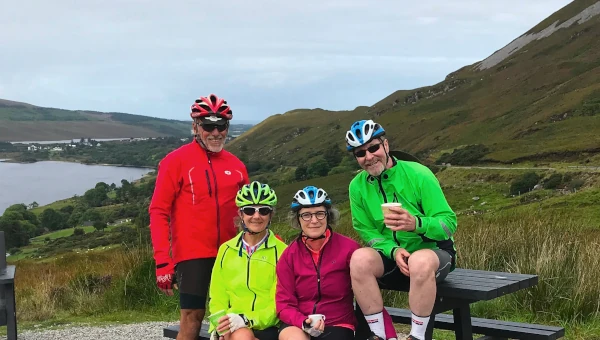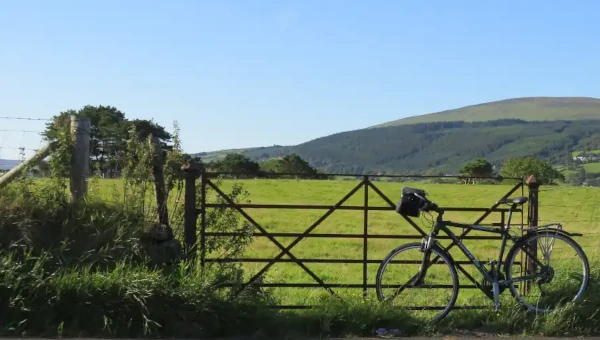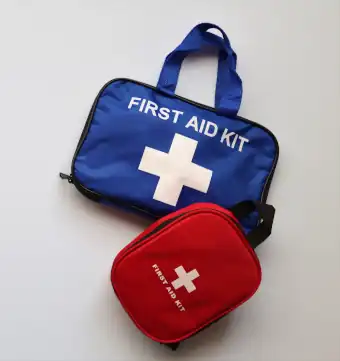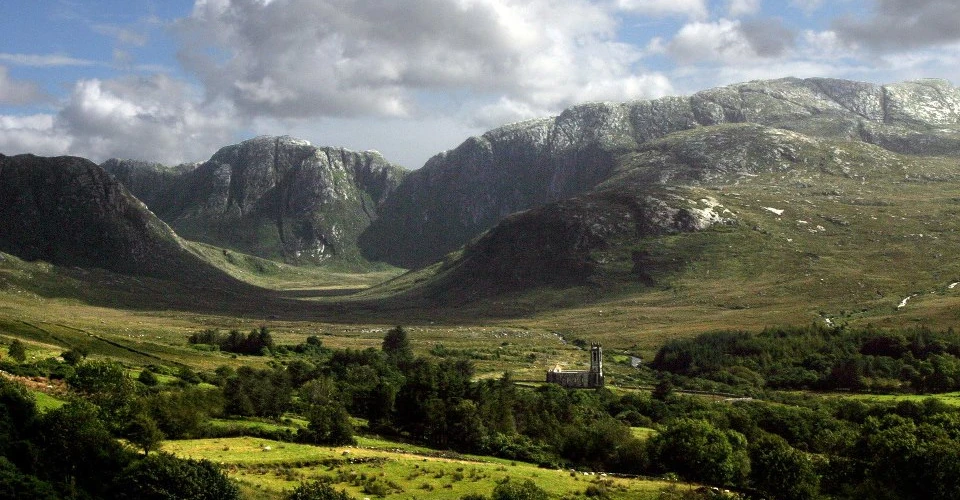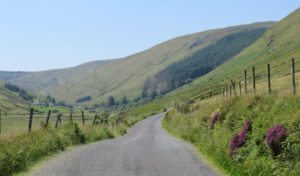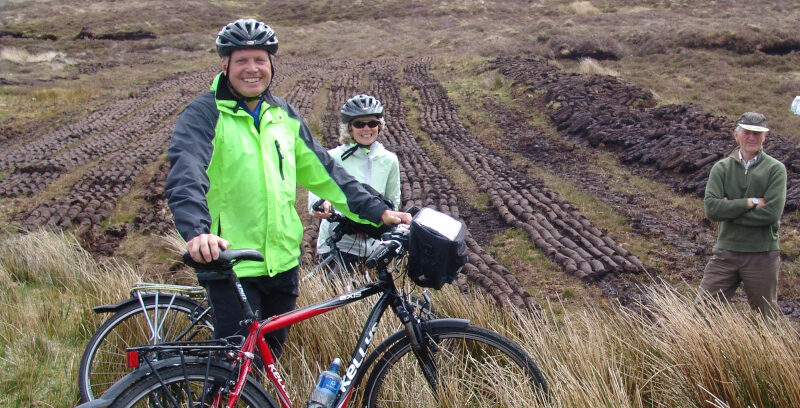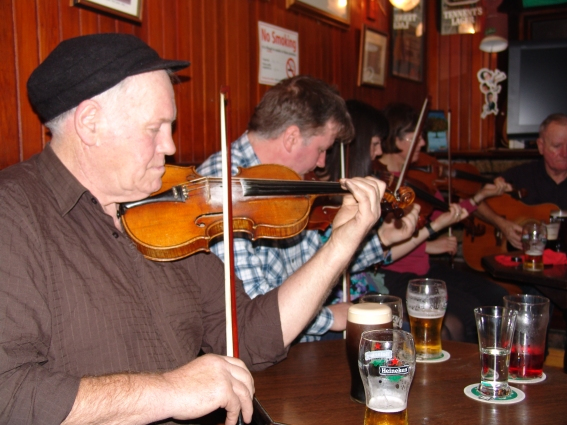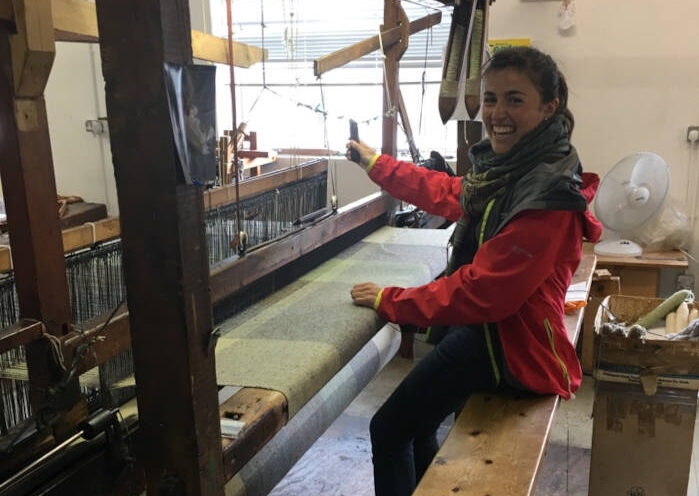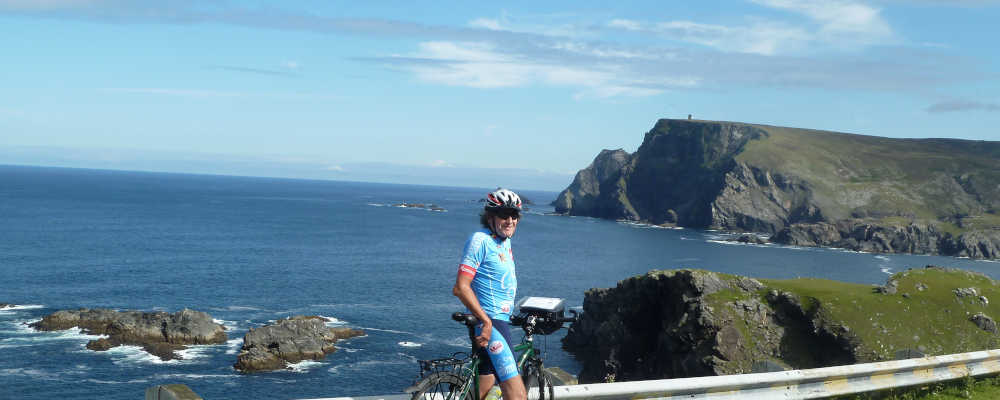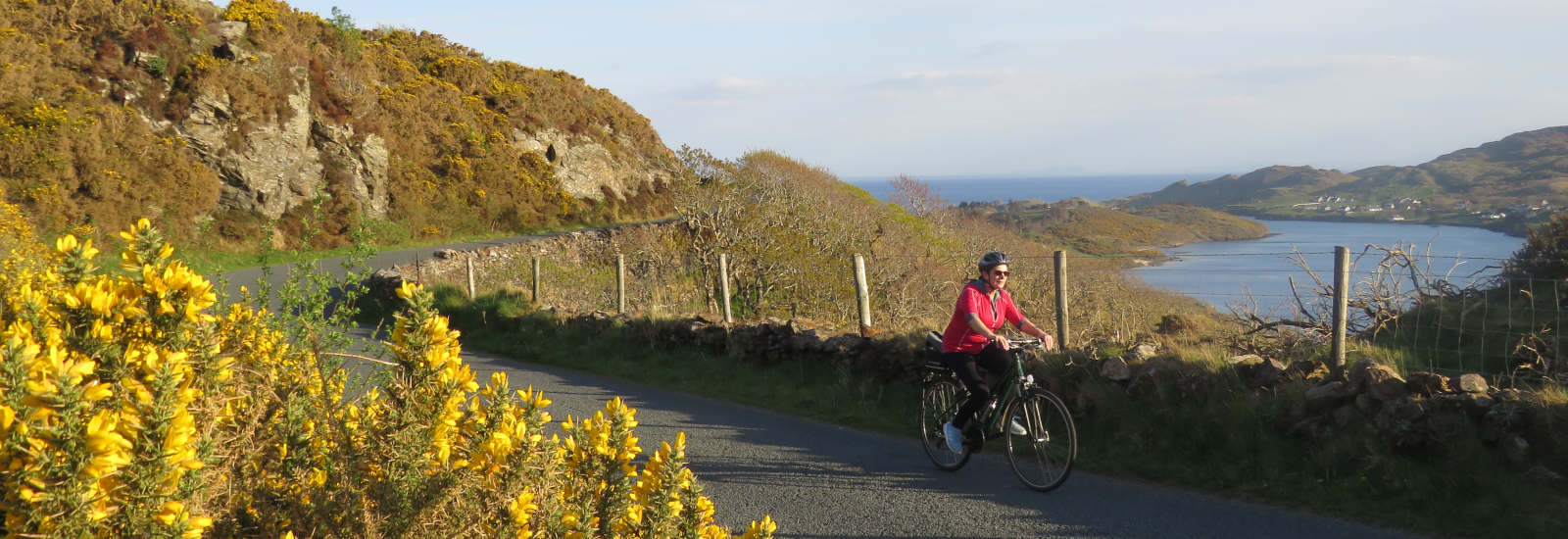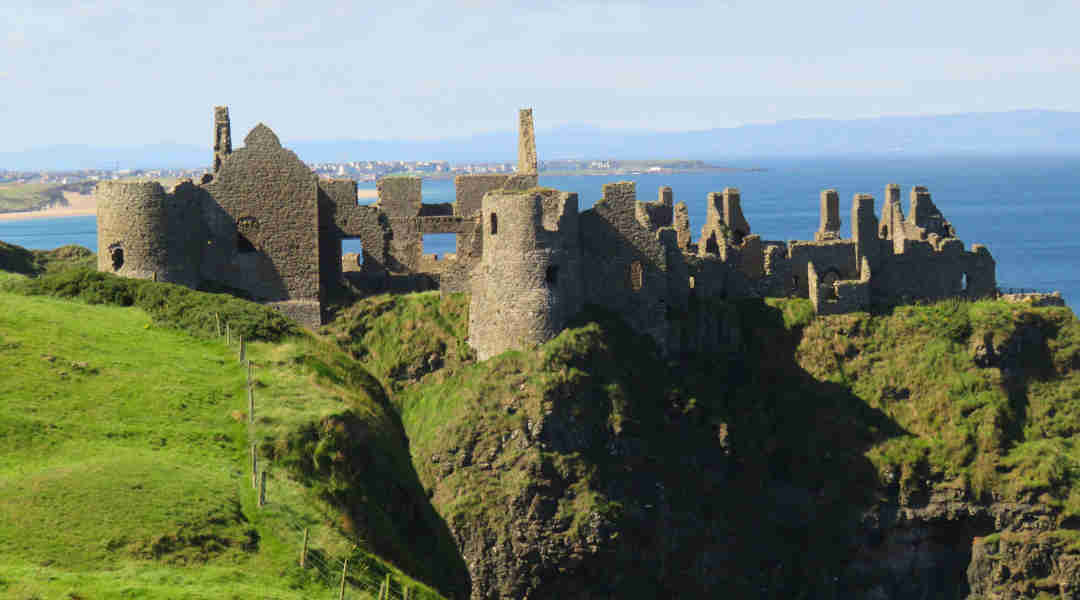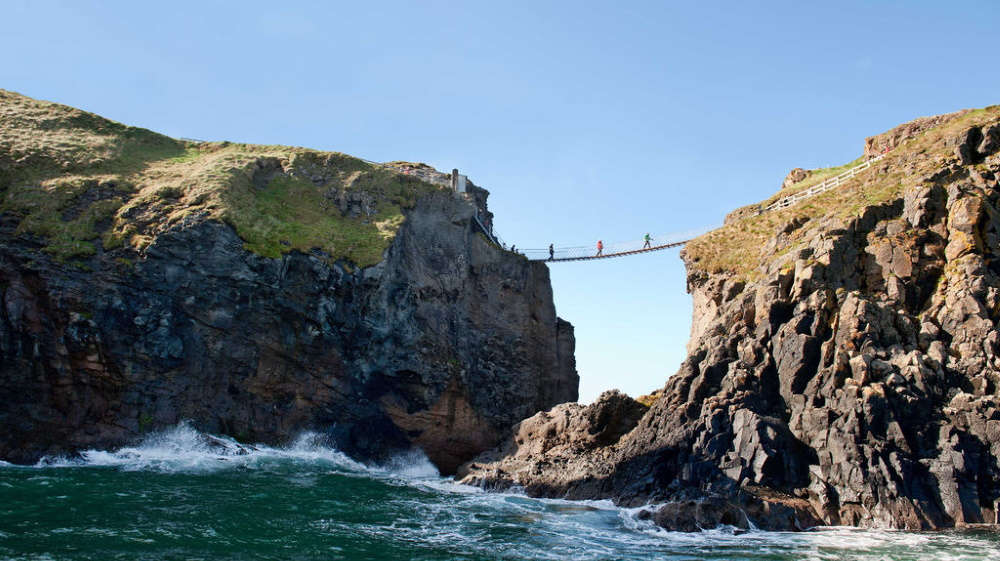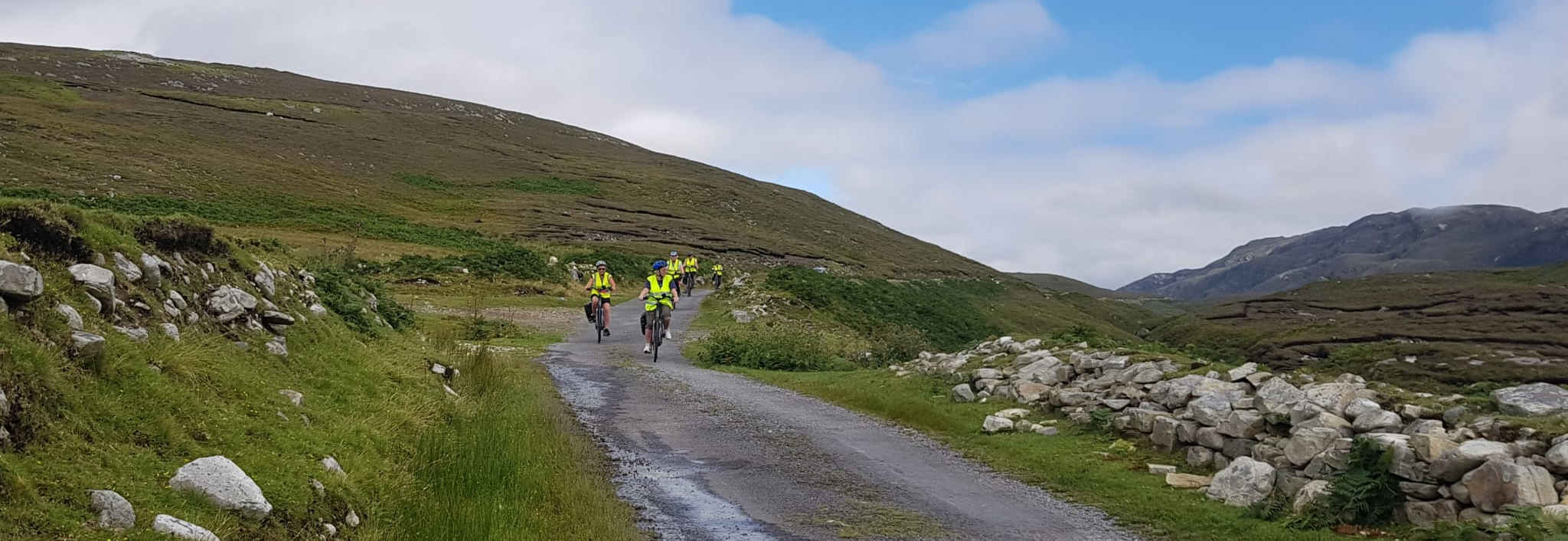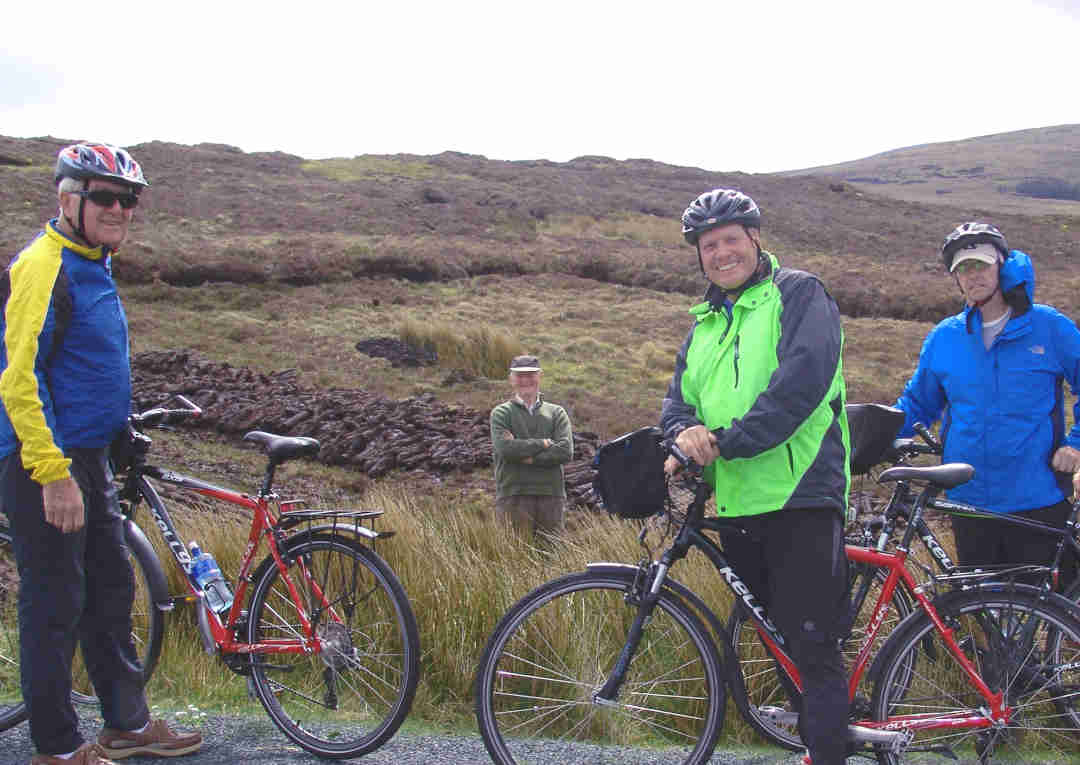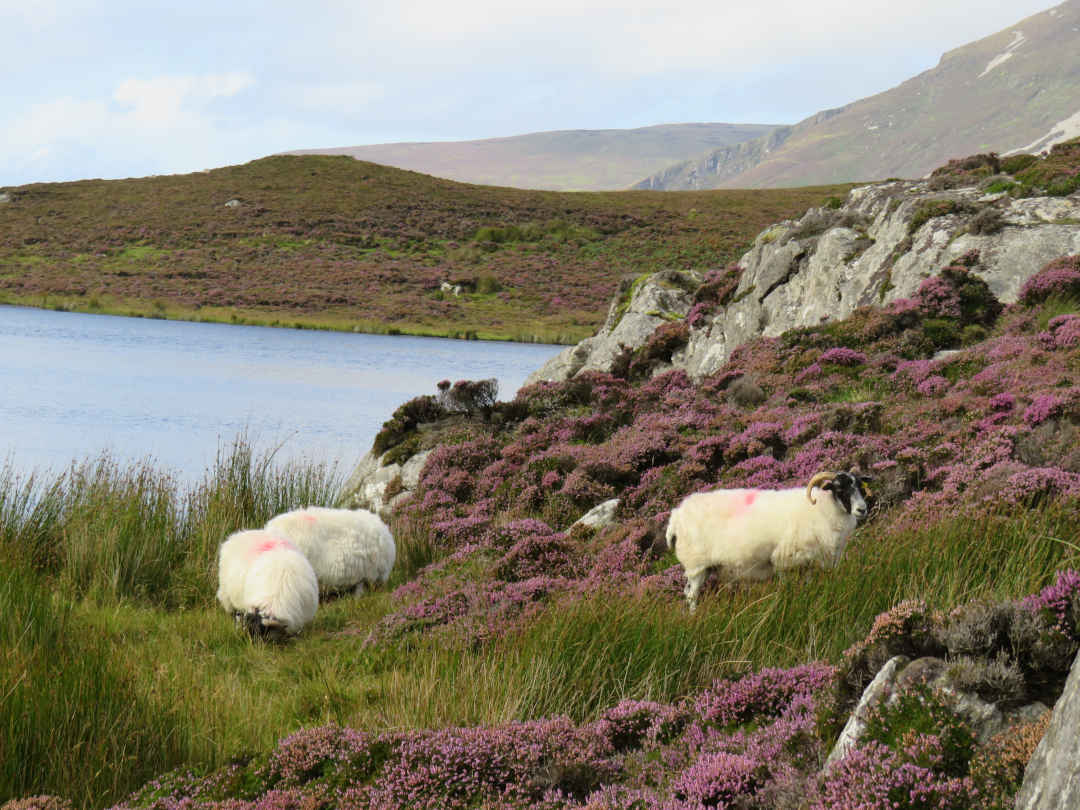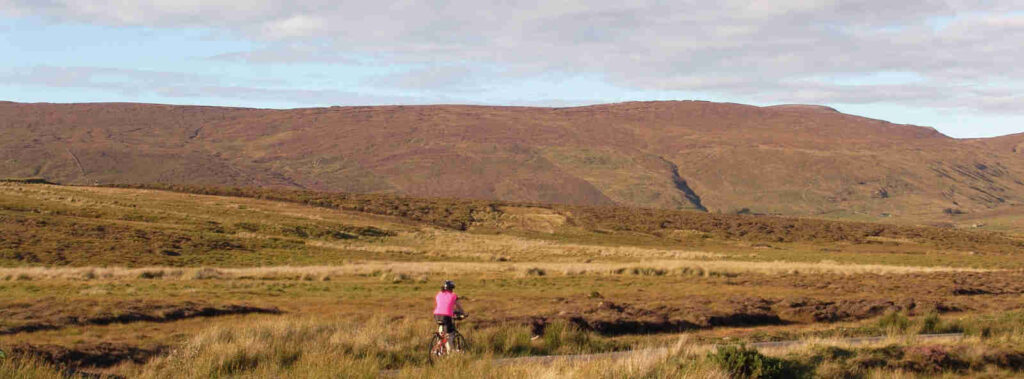If you hail from somewhere other than Europe and are thinking of visiting at some stage in the future, it is well worthwhile considering travelling by bicycle.
For visitors to Europe, exploring by bike is the perfect way to really immerse yourself in the area. Travelling by bicycle allows you to experience so much that you miss out on by other means of transport – the smells, the sounds, the open air and the chance encounters, that that you simply do not experience from the seat of a train, bus or car. If you are able to cycle and are even slightly adventurous, then travelling by bicycle will add so much to your experience.
There are hundreds, maybe even thousands, of European bike tours to choose from. All over the continent of Europe there a multitude of destinations offering a vastly diverse range of landscapes, culture and history.
So where to begin? With so many destinations, it is worth considering a number of factors, before making up your mind.
How does a European Bike Tour Work?
There are two basic models that are used – self-guided bike tours and guided bike tours.
Self-guided bike tours
Accommodation
On a self-guided bike tour your accommodation will be booked for you. Normally you make your own way the the town or city where your bike tour begins. Bike tour companies will provide information on travel options, others will offer the option of airport pick-ups. The types of accommodation varies depending on what part of Europe you are cycling in and also whether you are in urban or rural areas. Often in urban areas larger hotels are used. In rural areas smaller hotels and bed and breakfasts are more frequently used. Hotels, guest houses and B&B’s will normally have bike storage space available.
Welcome Meetings
Almost all bike tour companies will arrange a meeting where a representative from the company will meet you. This is normally at your first hotel on the day you arrive or on the morning of your first cycle. The representative will explain how to follow the routes, give any advice necessary and answer any questions you have. You will also get assistance in setting up your bicycle. If you are using an e-bike you will receive instructions on how to operate the electric assist. A small number of companies will not have a person to person meeting but will have your bicycles, route notes, etc. delivered to your first accommodation. This however is much less common than a person to person meeting with a local representative.
Following The Routes
The routes you take are planned by the bike tour company. You will be given detailed directions on how to follow the route each day. In most cases a map holder is provided with your bicycle so that you can comfortably read the directions as you cycle. Increasingly, GPS is being used to follow the routes. If you use your own bike-mounted GPS device it is normally possible to have the routes emailed to you prior to your bike tour. Most bike tour companies will also furnish you will notes about the attractions, history, etc. of the area you are cycling in.
Luggage Transfers
As you bike from place to place your luggage will be moved from one hotel to the next, meaning that you only need to carry the daily essentials.
Emergency Support
The vast majority of European bike tour companies provided a back up service in case you run into difficulties of any kind.
Guided Bike Tours
A guided bike tour includes everything that the self-guided tour includes. In addition you are accompanied by a guide as you cycle. A support vehicle also accompanies your group in many guided bike tours. Your guide will lead the way and usually give you information about the sights and attractions you encounter.
The big advantage of a self-guided tour is the greater degree of flexibility. The advantage of a guided tour is the greater support along the way. The type of tour you choose is really up to you and your own personal preference.
Are European Destinations Safe For Cycling?
In general most of Europe is safe for cycling. This includes both what was traditionally known as Western Europe and also the former “Iron Curtain” countries of Eastern Europe. As a general rule, the more rural the area is, the less crime you can expect. Here in Ireland, the rural areas of the western half of the country have a very low crime rate. In the larger urban areas, however the crime rate is higher, where bike theft is particularly prevalent. This also holds true for much of Continental Europe. If you are in any doubt about the safety of a particular area it is best to do quite a bit of research before travelling there.
What Type Of Bike Infrastructure Will You Find In Europe?
Bike paths or dedicated cycling lanes and other cycling infrastructure make cycling much safer and more comfortable in any destination. The level of dedicated cycling infrastructure around Europe varies quite a lot from country to country, and also within countries. The Netherlands (Holland) is the ultimate example of a country with a superbly developed network of cycling paths. Within Holland it is possible to cycle all over the country without ever needing to share your space with vehicular traffic. Other countries like Denmark and parts of Germany are also very well developed. It is possible though, to have a safe and comfortable bike tour if the country you are visiting has a network of small roads. This is particularly true of Ireland, where a vast number of tiny roads with little to no traffic meander through the countryside. These are often roads where you are more likely to experience the real heart of the country, whether it is a farmer herding his sheep, or locals stopping by the roadside for a chat. This is also true for many other rural parts of Europe such as rural Italy, France and Greece.
As a general rule it is reasonably safe to assume that a cycling holiday company offering a tour in a particular part of Europe will only do so if it is safe to cycle there.
Is European Weather Suitable for Bike Touring?
In recent years much of Southern and Central Europe has experienced extreme heat in summer months, with 2022 being the hottest summer ever recorded. This has led to extended droughts and wildfires in many areas. Temperatures well in excess of 400C are now normal in the summer months throughout southern Europe, while even Southern England experienced a temperature of 400C (1040F) in July 22. If you are planning a European Bike Trip it is probably best to avoid these areas in peak summer months. In general Spring and Autumn are the best months for travelling to Southern Europe. The months of April and up to mid-May in Spring, and mid-September and October in the Autumn normally have temperatures that will be comfortable for cycling.
As you go further north you are less likely to encounter extreme heat. Ireland has a mild climate and rarely experiences extremes of temperature. It is very unusual for the temperature to reach 300C (860F) even on the hottest summer days. Typically the Summer temperatures vary from around 15 to 250C (60 to 770F). Depending on your chosen destination you may need to prepare for rain. Ireland, Britain, Scandanavia and northern continental Europe can all experience rain throughout the summer. Generally though in Summer months the rain tends to be confined to showers and simply bringing fold-up rain gear will allow you to experience the area in comfort. At earlier and later times of the season in Southern Europe you can also expect to have rain. However this might be a worthwhile trade-off in order to avoid the extreme Summer temperatures.
Do I need to speak the local language in order to do a European Bike Tour?
In the vast majority of cases the answer is no. Almost all cycling holiday companies provide guide notes, directions, etc. in English. Others provide these in a number of languages. Even if your tour company has everything you need in English it is still a good idea to learn a few phrases before you travel to another country. This can act as a great ice-breaker when you meet local people. It also demonstrates a level of respect for local language and culture.
What are the main attractions on a European Bike Tour?
Almost all destinations around Europe are worth visiting for a variety of reasons. Cycle over wild Irish bog-lands, visit medieval towns and cities in France, Spain, Italy or Portugal, taste the local wine, enjoy fresh Atlantic or Mediterranean seafood, stand at the edge of a cliff high above the waves, explore the canals of Belgium and Holland. These are just a few of the reasons why you might want to do a European Bike Tour. We could fill pages and pages talking about the variety of attractions. If we were to condense it into a few words we would probably simply say landscapes, seascapes, history, culture, food and people.
Do I need to bring my own bicycle on a European Bike Tour?
No! Although if you would prefer to do this, most companies will allow you to, and probably charge you a bit less if you do.
If you have never been on a bike tour before there is no need to wait. Europe is the perfect destination for a bike tour for beginners. If you do a European bike tour you will almost certainly find yourself coming back again and again. With so much to see and do a lifetime of adventure awaits.












